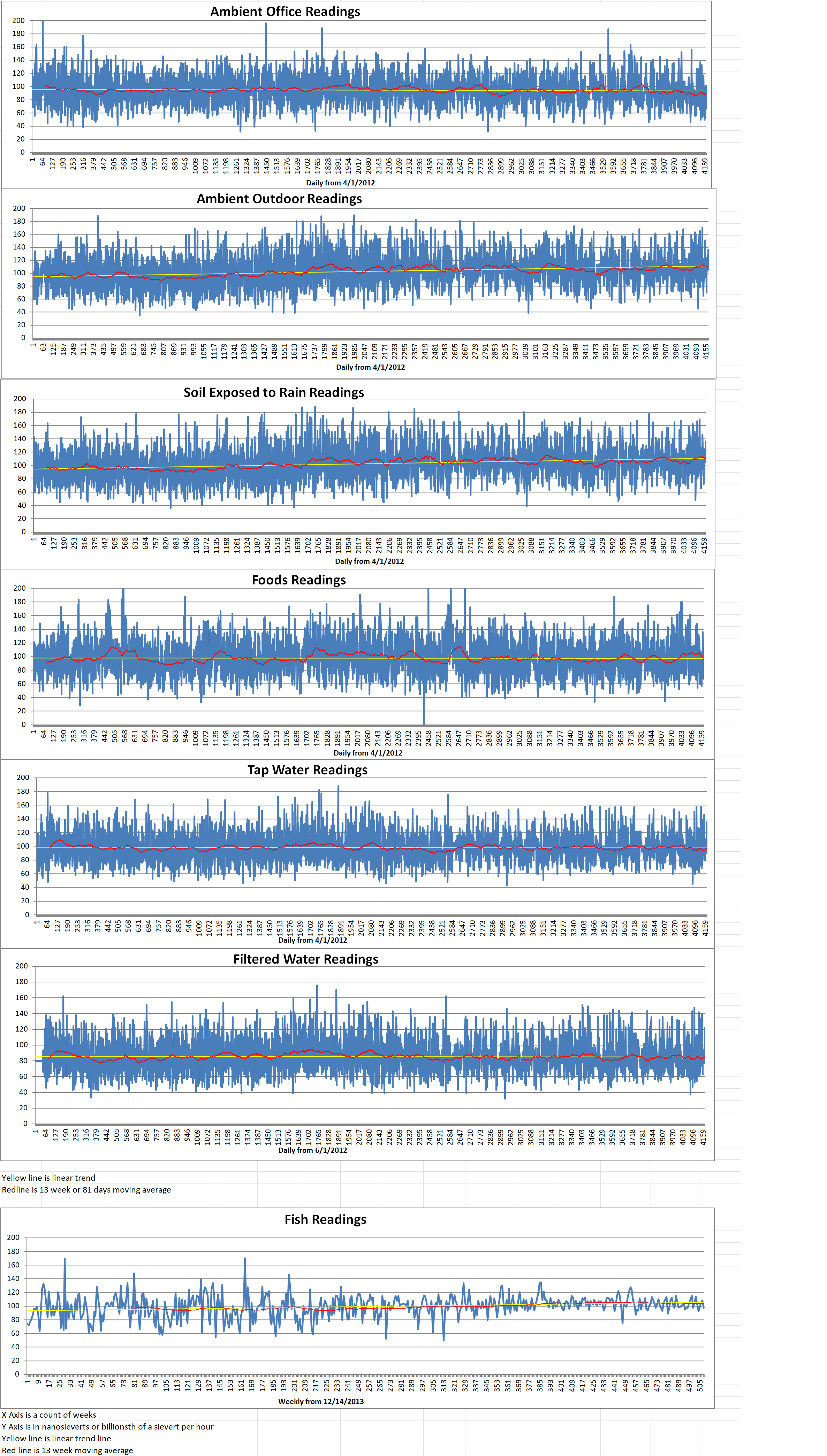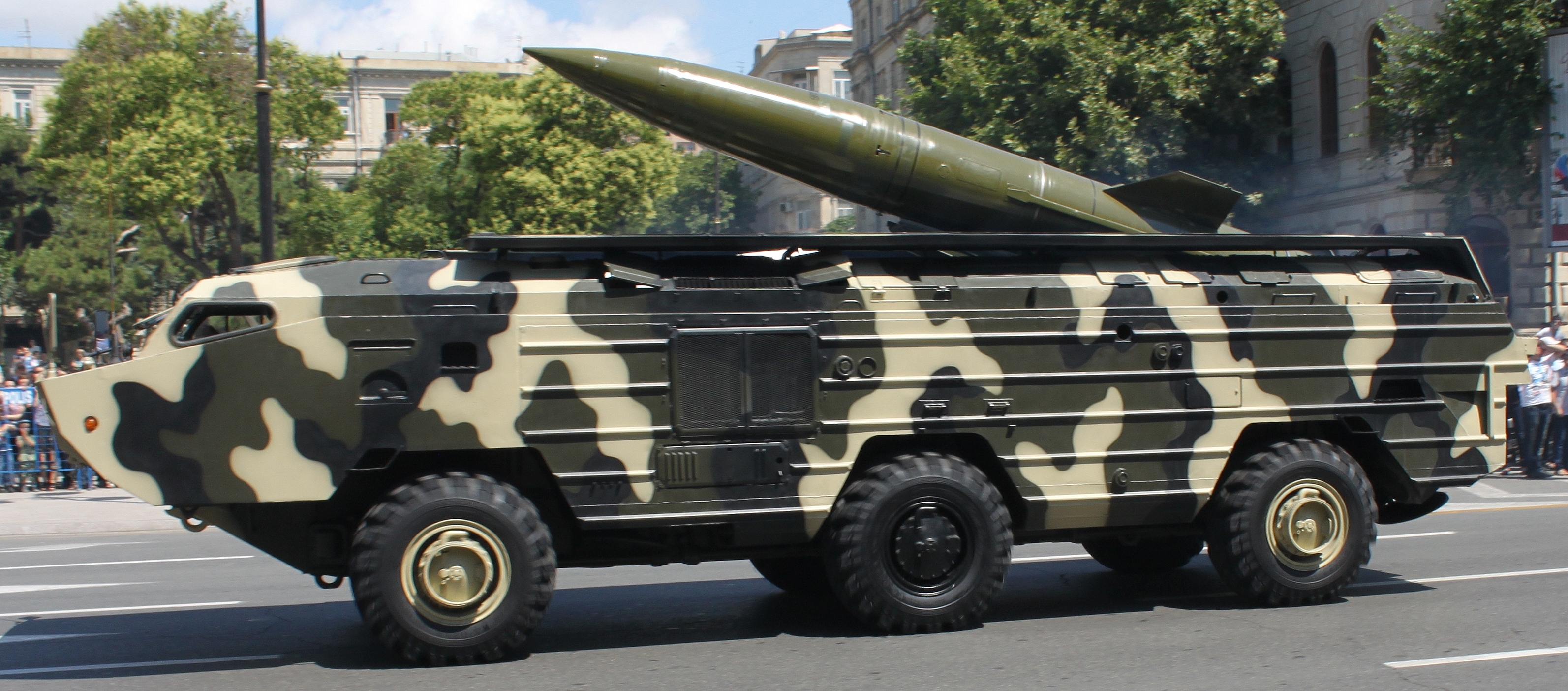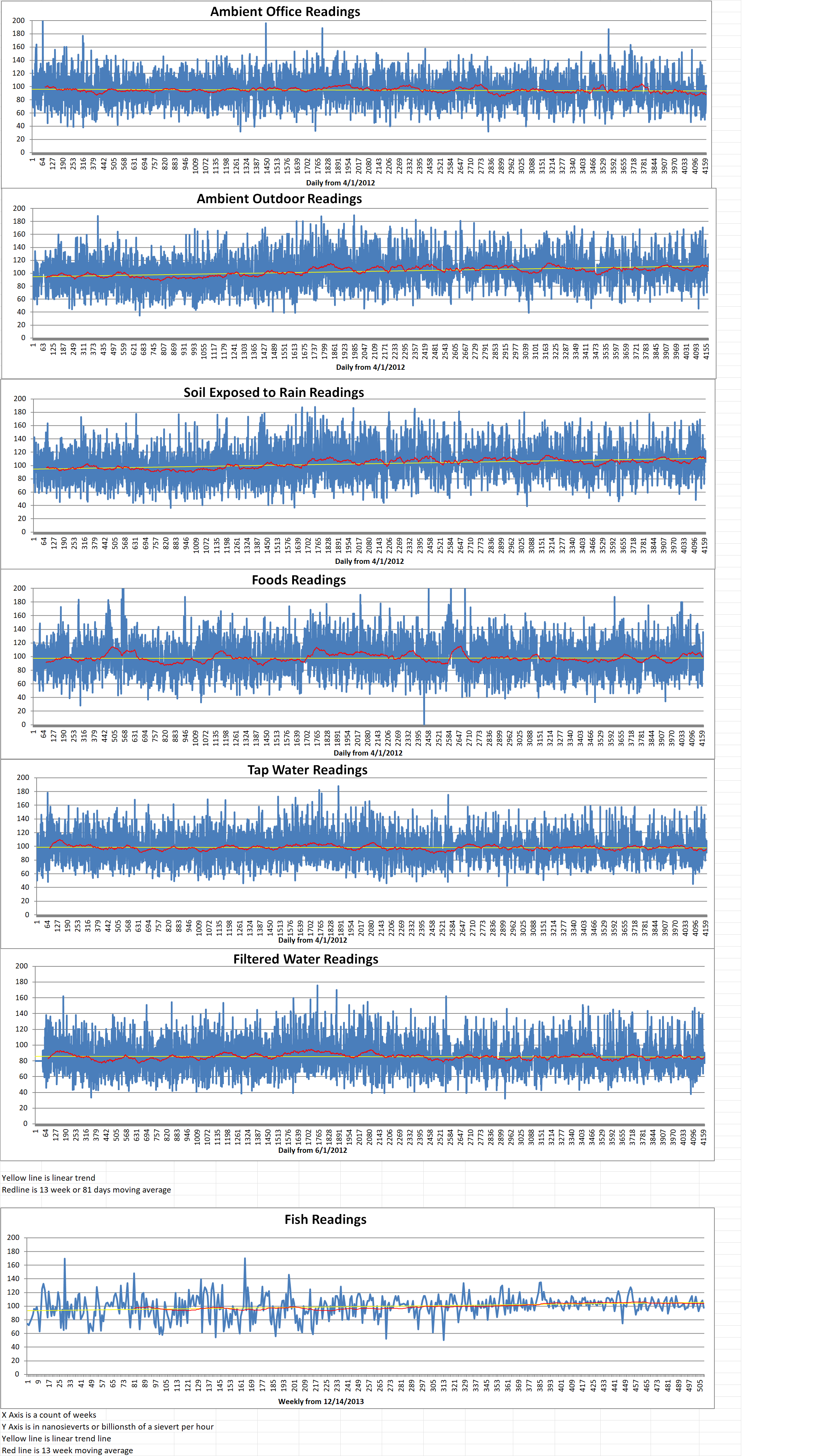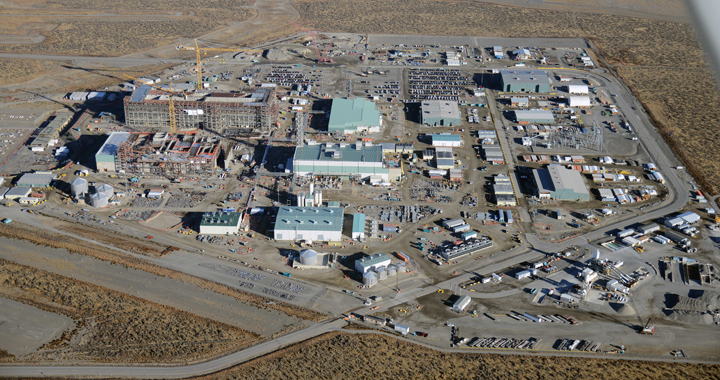Unit 2 of the Cruas-Meysse nuclear power plant in south-eastern France was recently restarted after being fueled with its first full core of recycled uranium fuel. The action marks a major milestone in France’s efforts to revive its domestic uranium reprocessing industry.
Reprocessed uranium (RepU) is extracted from spent fuel from nuclear reactors that has been processed at Orano’s La Hague reprocessing plant. Once enriched by this process, this uranium can be used again to fuel nuclear power reactors. In France, only the four reactors at the Cruas-Meysse plant in Auvergne-Rhône-Alpes are certified to use RepU.
Historically, the enrichment process required centrifuges solely dedicated to RepU. It was carried out for industrial and economic reasons by Russia’s Rosatom at its Seversk site. However, the new geopolitical situation between Russia and Europe since the onset of the war in Ukraine may lead to a reevaluation of these contracts.
For many years, EDF’s Fuel Division has been developing a strategy for the management, recycling and reprocessing of spent nuclear fuel assemblies. It is also working on the diversification of sources of supply, to ensure energy independence and the preservation of natural resources.
On 5 February, Cruas Unit 2 was restarted with its first completely recycled uranium fuel load.
Blog
-

Nuclear Reactors 1351 – France Is Reprocessing Spent Nuclear Fuel To Create New Nuclear Fuel
-

Geiger Readings for February 29, 2024
Ambient office = 67 nanosieverts per hour
Ambient outside = 136 nanosieverts per hour
Soil exposed to rain water = 136 nanosieverts per hour
Tomato from Central Market = 67 nanosieverts per hour
Tap water = 135 nanosieverts per hour
Filter water = 122 nanosieverts per hour
-
Nuclear News Roundup February 29, 2024
For the Marshall Islands, Nuclear Remembrance Day Is a Painful Reminder usip.org
UK spurns European invitation to join ITER nuclear fusion project newscience.com
Fourth Barakah unit starts up world-nuclear-news.org
Plans announced for pilot US nuclear fuel recycling plant world-nuclear-news.org
-

Nuclear Weapons 854 – Leaked Russian Classified Documents Reveal That Russia Considered The Use of Tactical Nuclear Weapons If China Invaded
Recently obtained classified Russian military documents reportedly show that Russian forces have rehearsed using tactical nuclear weapons during “an early stage of conflict with a major world power”. China is the major world power in question.
Western media claimed to have access to these “secret” military files through “Western sources”. The documents reveal the criteria set by Russia for the use of nuclear weapons. These criteria “date back 10 years and more [between 2008 and 2014]”. The report mentioned experts as saying this “cache of 29 secret Russian military files” remains relevant to current Russian military doctrine.
The Russian military files included training scenarios for an invasion by China. The defensive plans highlight deeply held suspicions of China among Moscow’s security elite.
Russia and China have deepened their relationship over the years. According to the report, Russian President Vladimir Putin forged a cordial relationship with China, “which as early as 2001 included a nuclear no-first-strike agreement”.
Even as the two countries became closer, Russia’s training materials indicated that the country’s eastern military district was war gaming multiple scenarios depicting a Chinese invasion. The exercises offer an insight into “how it trains forces to be able to carry out a nuclear first strike in some battlefield conditions”. There was one exercise that considered “a hypothetical attack by China”. It mentioned that Russia could respond with a tactical nuclear strike in order to stop “the South” from advancing with a second wave of invading forces.
The report cited the documents: “The order has been given by the commander-in-chief…to use nuclear weapons… in the event the enemy deploys second-echelon units and the South threatens to attack further in the direction of the main strike”.
China’s foreign ministry denied there were any grounds for the to be suspicious of Russia. The Russian government did not respond to a request for comment.
The classified documents described a threshold for using tactical nuclear weapons that is lower than Russia has ever publicly admitted. These documents were reviewed and verified by experts.
Alexander Gabuev is the director of the Carnegie Russia Eurasia Center in Berlin. He was quoted as saying that the documents show that the operational threshold for using nuclear weapons is “pretty low if the desired result can’t be achieved through conventional means” .
The classified documents revealed that the threshold as a combination of factors where losses suffered by Russian forces “would irrevocably lead to their failure to stop major enemy aggression, a “critical situation for the state security of Russia”.
The documents also contained a separate training presentation for naval officers. It outlined broader criteria for a potential tactical nuclear strike. This included “an enemy landing on Russian territory, the defeat of units responsible for securing border areas, or an imminent enemy attack using conventional weapons”.
Other potential conditions that would call for a tactical nuclear response included the destruction of twenty percent of Russia’s strategic ballistic missile submarines, thirty percent of its nuclear-powered attack submarines, three or more cruisers, three airfields, or a simultaneous hit on main and reserve coastal command centers.
The tactical nuclear weapons might also be used for “containing states from using aggression…or escalating military conflicts”, “stopping aggression”, preventing Russian forces from losing battles or territory, and making Russia’s navy “more effective”. The report said that Russia’s tactical nuclear weapons can be delivered by land or sea-launched missiles or aircraft. Russian tactical nuclear weapons are reportedly designed for limited battlefield use in Europe and Asia, as opposed to the larger “strategic” weapons intended to target the US.
Russia and the United States have the world’s largest arsenals of nuclear weapons. President Joe Biden has warned that a conflict between Russia and NATO could trigger World War III. Recently, it has been speculated that Russia is planning to put a nuclear weapon in space. -
Nuclear News Roundup February 28, 2024
Bowing to Putin’s nuclear blackmail will make nuclear war more likely atlanticcounsel.org
House passes nuclear bill with broad bipartisan support eenews.net
Foreign Media on Kazakhstan’s Dedication to Nuclear Disarmament, Enhanced Collaboration with Uzbekistan and More astanatimes.com
Belgium to use urgent procedure status for nuclear phase-out law reuters.com
-

Geiger Readings for February 28, 2024
Ambient office = 87 nanosieverts per hour
Ambient outside = 108 nanosieverts per hour
Soil exposed to rain water = 105 nanosieverts per hour
Seranos pepper from Central Market = 73 nanosieverts per hour
Tap water = 90 nanosieverts per hour
Filter water = 82 nanosieverts per hour
-

Radioactive Waste 925 – Hanford Vitrification Plant Will Be In Operation Soon – Part 2 of 2 Part
Part 2 Of 2 Parts (Please read Part 1 first)
A spokesperson for the U.S. Department of Energy shared that so far, “The [Waste Treatment and Immobilization Plant] team has successfully filled four stainless steel containers with molten glass to test the process.”
This is all part of a slow but steady process to monitor for safety and environmental compliance as Hanford prepares to fully start the active vitrification process next year.
The decision to vitrify the waste in Hanford’s one hundred and seventy-seven storage tanks goes back to the Tri-Party Agreement (TPA) which is, a legal agreement and consent order between the U.S. Department of Energy, the Environmental Protection Agency and Washington’s Department of Ecology (DoE). This agreement details the responsibilities of each agency when it comes to cleanup efforts and timelines. It ultimately tries to ensure that federal laws governing the disposal of solid waste and hazardous waste are followed.
Vitrified low-level waste will be disposed of on-site in stainless steel casks. A separate melter dedicated to high-level waste will come online to manage the most toxic waste. That glassified material will go to a deep geological repository. At this point, the U.S. does not have such a site.
The Hanford site was developed in the 1940s as part of the World War II efforts to produce plutonium for a nuclear weapon as part of The Manhattan Project.
It was the world’s first nuclear materials production plant, though most workers were in the dark about the purpose of their contributions. The plutonium produced at Hanford was part of the atomic bomb that was later dropped on Nagasaki, Japan.
Central Washington’s desert terrain was selected for the site because it was close to the Columbia River and few people lived in the area.
The site produced plutonium through the Cold War, and in 1987 the last reactor was shut down. Over the nearly four decades since, officials have developed a plan to clean up the radioactive waste. Many of the tanks that hold radioactive waste at Hanford have outlived their original life spans and are leaking radioactive waste into the surrounding area.
This radioactive pollution has led Hanford to be categorized as a Superfund site. It is one of four areas on the EPA’s national priorities list for cleanup.
Brouns said, “This is a multigenerational process. It’s going to take longer to clean it up than it took to produce the waste in the first place.”
Part of the challenge at Hanford has been the collaboration among several state and federal agencies and shifting the culture from one devoted to the creation of nuclear materials. The site is often mired in secrecy and urgency. There is a new movement devoted to the cleanup of Hanford.
It’s also led to discussions of who’s paying the bill and how that is affecting the timeline. The goal post is being pushed further and further into the future. The GAO’s report estimated that the total cost of Hanford’s cleanup will be around $341 billion, with completion estimated for 2084.
Ryan Miller is a spokesperson for the nuclear waste program at the Washington DoE. He said, “Historically, what’s happened is Hanford has been kind of routinely underfunded by like 700 million to a billion dollars or so.”
Last year, President Biden’s budget requested a record amount for Hanford cleanup, at $3 billion. State officials hope the same amount will be allocated this year. According to the DoE, every year of inadequate funding delays cleanup an additional 1 1/2 to 3 years.
One of the important alternatives to vitrification for environmental advocates is a cheaper option that’s been floated by some federal agencies. It is called grouting, which involves solidifying the waste in specialized concrete. This could reduce costs and potentially shorten the cleanup timeline. However, it’s less stable than vitrification and does not last as long. -
Nuclear News Roundup February 27, 2024
Bowing to Putin’s nuclear blackmail will make nuclear war more likely atlanticcouncil.org
Canada provides federal funds for Bruce C pre-development world-nuclear-news.org
Canadian AP1000 deployment could bring billions in economic benefits, study finds eotlf-nuclear-news.org
Licensing of El Cabril expansion progresses world-nuclear-news.org
-

Geiger Readings for February 27, 2024
Ambient office = 100 nanosieverts per hour
Ambient outside = 106 nanosieverts per hour
Soil exposed to rain water = 105 nanosieverts per hour
Shallot from Central Market = 108 nanosieverts per hour
Tap water = 93 nanosieverts per hour
Filter water = 77 nanosieverts per hour
-

Radioactive Waste 924 – Hanford Vitrification Plant Will Be In Operation Soon – Part 1 of 2 Part
Part 1 of 2 Parts
The Hanford Nuclear reservation in Benton County, Washington is said to be one of the most radioactively contaminated installations in the World. The U.S. used the site to create weapons grade plutonium for the U.S. military. There are fifty-five million gallons of radioactive waste on the site. Currently there is an estimated timeline reaching into the 2080s for cleaning up the site.
There is a complex assembly including several state and federal agencies, private contractors, tens of thousands of workers, local residents, and advocates who are all invested in a colossal effort to clean up Hanford. It is estimated to be the largest nuclear cleanup project in the world.
The Hanford site is at a pivotal moment. It is set to finally transform the nuclear leftovers of a century past into glass that can be safely stored. This process is called vitrification. Last October, the first of two melters used to vitrify the waste were put into operation. The second melter is scheduled to launch this spring.
Nikolas Peterson is the executive director of Hanford Challenge, a nonprofit watchdog. He said, “They’re doing something out there that has never been done before. I think I have to constantly remind myself of that even when I’m critical of the facility.”
For staff at the Pacific Northwest National Laboratory (PNNL), who are developing and testing the glass formulations for immobilizing radioactive waste, this moment in time feels significant.
Tom Brouns is the lead of the environmental manager sector at PNNL. He has worked at Hanford for more than 30 years. He said, “It’s really exciting to see how far it’s come. It’s taking a long time but it’s so close.”
Vitrification is not a novel technology. The same process is used in making pottery. High heat is applied to a material that leads to metamorphosis of the original substance.
Researchers in France have studied the vitrification of nuclear waste since the 1950s. The country successfully built several facilities to tackle the cleanup of radioactive waste. Within this specialized industry, it’s considered one of the best methods to stabilize radioactive waste. It is expensive but it performs well over hundreds or thousands of years. Vitrification is an international standard when it comes to managing waste with high levels of radioactivity.
The process being developed to vitrify radioactive waste at Hanford is highly complex and involves multiple steps.
The process begins with a removal system that separates high-level waste that’s more toxic and radioactive from low-activity waste that is simpler to process and store. Separating the waste is critical to better management, treatment and disposal.
According to a 2023 report from the U.S. Government Accountability Office (GAO), about 95% of the waste in storage tanks is low-level waste when it comes to the physical volume. High-level waste only compromises about 5% of the volume but includes more than 70% of the radioactivity.
The low-level waste is pumped to a separate holding tank and is then pumped into another tank for mixing. Silica along with other additives are added to create the material that will ultimately be glass.
That mixture is pumped into melters which are giant three-hundred-ton devices that are the “heart” of the vitrification process. These generate heat at 2,100 degrees Fahrenheit and will create a molten substance over several days. This molten material is poured into stainless steel canisters where it eventually cools enough to become solid glass.
Brouns explained that “Glass is a superior matrix because the radio nuclei actually get trapped in the chemical matrix of the glass.”
Please read Part 2 next
